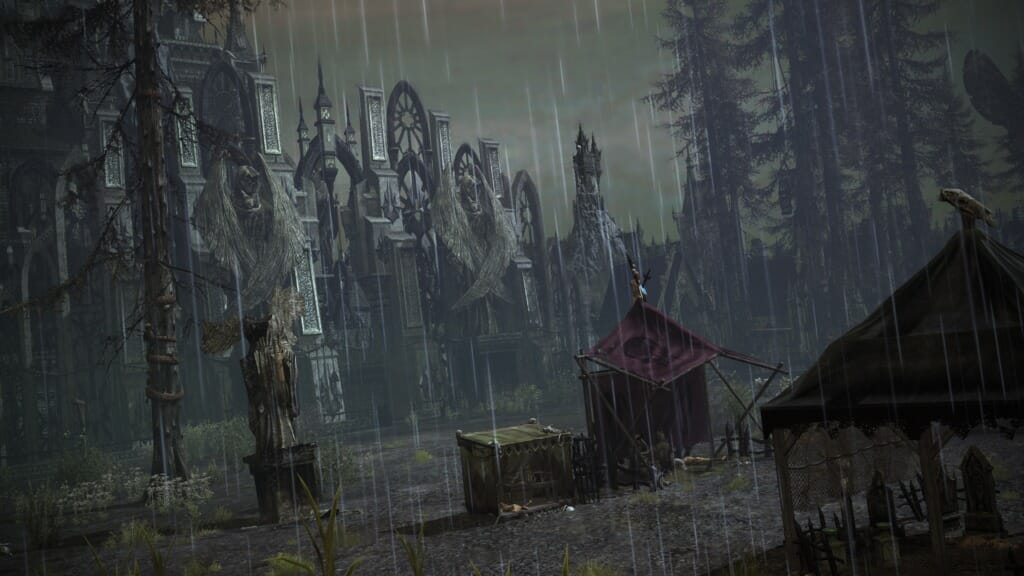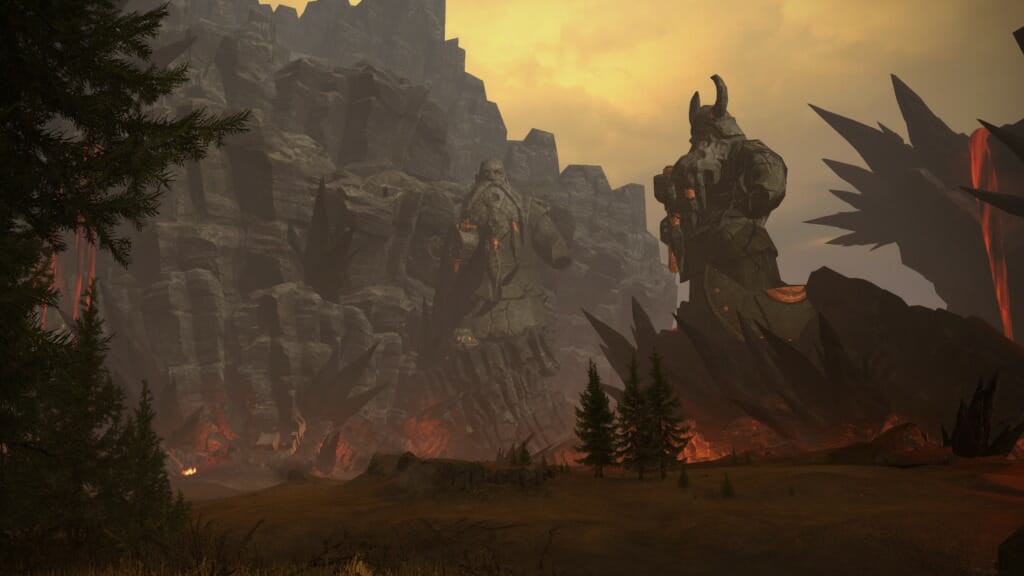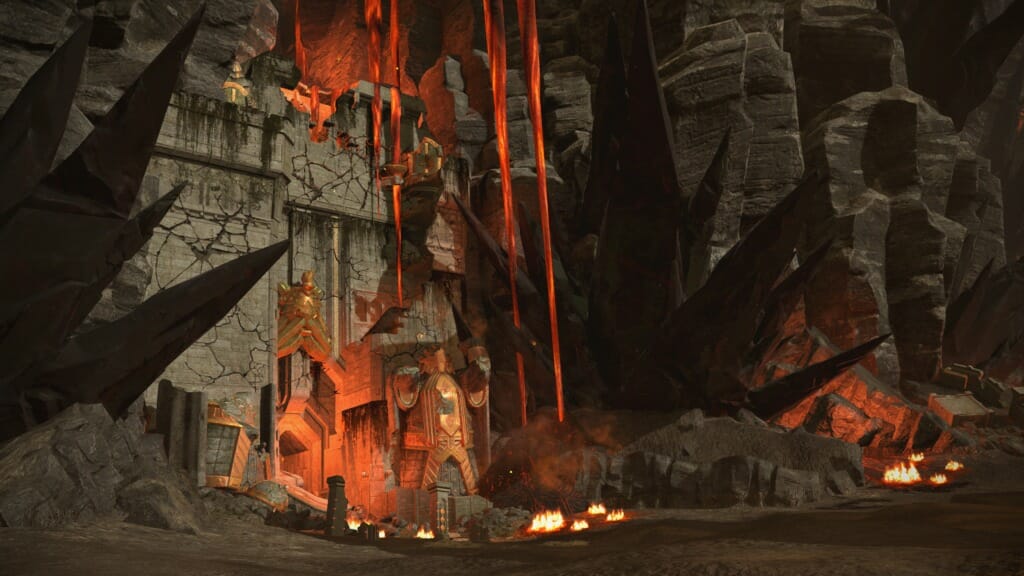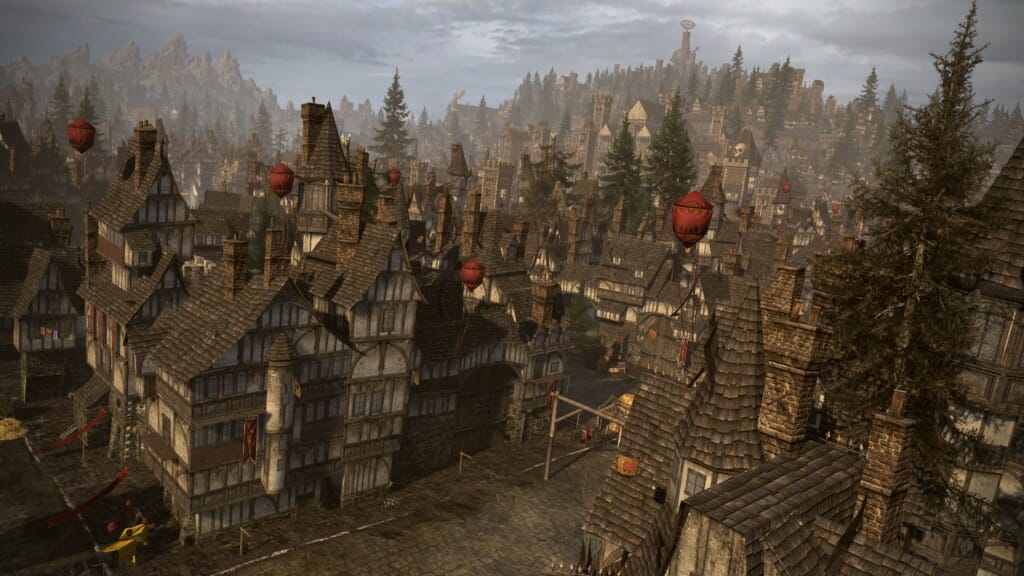Total War: WARHAMMER Assembly Kit Terry Intro
Intro
High Level
Terry – The Terrain Metadata Editor – is the primary tool for developing campaign maps and battlefields in the Total War engine. It comprises a number of utilities (called Modes) which enable level designers and artists to build beautiful levels for use in-game. Features include: • Tile Creation • Terrain Editing • Terrain Painting • Object Placement • Logic Placement • Lighting Authoring • Sound Placement • And More! In the current release of the Assembly Kit, we’re only supporting the authoring of battle tiles, but future iterations of the tool with have different features and options. Terry is not a full game creation tool. As with other applications in the Total War engine, it is a specific tool, created to perform a specific job.
Game-side Concepts
Coordinate Space
The Total War engine operates with Y being altitude. Positive Y represents going up.

Tile Map
A Tile Map is a collection of tiles which are formed together to create a battlefield. In the game we render this Tile Map, which give our maps that grand scale. The Tile Map is rendered up to a distance of 8km from the centre of the battlefield.
Usable Area
The Usable area is a 2048m squared area, centred on the battlefield. The usable area represents the area where physics is active, it also includes pathfinding.
Playable Area
The Playable Area is an area where units can be ordered to move to. Its edges represent the bounds of the camera and the positions where reinforcements will enter the battle. What users see on the radar map is the bounds of the Playable Area.
Editor Windows
Scene Hierarchy
View > Scene Hierarchy All objects in the current tile are stored in the Scene Hierarchy. These objects can then be organised into layers.

Layer Types
File Layers Are layers which save out as a separate file in Terry. Generally these are useful when collaborating on a map, but also serve a purpose of storing a number of Logical Layers. At least one File layer is required in a project. Logical Layers Are purely a Editor concept which helps with organising objects.
Creating and Removing Layers
To create new layers, select the appropriate icon for the layer type you with to create and it will appear on the layers palette To delete a layer, select it and press the DELETE key.
The Active Layer

Double clicking on any layer will make it the active layer (highlighted red). Any newly created objects will be placed in that layer.
Organising Entities
Entities can be organised in the Scene view by drag and dropping them onto various layers. There is also a button to allow moving all selected objects to the currently Active Layer.
Layer Options
Reference Layers
![]()
Any layer can be turned into a reference layer, by preventing it from being exported. Reference layers will be greyed out on the Scene hierarchy Simply select the layer in the Scene view, Look in its Entity Properties and un-tick the Export flag. This layer will no longer be exported to the game. Show/Hide Each entity and layer in the Scene view has an icon which denotes whether it is visible or not in the 3D Viewport. Clicking the icon will make the layer and all its children hidden in the 3D viewport. Selecting it again will make them visible. Selectable Each entity and layer also has a selectable toggle. Clicking this will make the layer and all its children unselectable in the 3D viewport. Clicking it again will make them selectable. This is useful say when you are editing the logic in a map but do not want to affect the environment art.
Entity Properties
View > Entity Properties All objects in the tile also have a set of properties which can be edited per instance.

Each object has its own unique set of properties associated with it. Multiple objects can be selected and edited as a group.
Tool Properties
View > Tool Properties The Tool Properties window contains specific setting for the currently active tool (Building placement, Point Light, AI Hint, etc). Setting in this window will be applied to any objects created by the tool while it is active.

Map Properties
View > Map Properties Map Properties represent the settings for the map which is currently open.

Settings
View > Settings This stores all settings related to how terry operates. These do not affect the tile itself.

Project Errors
View > Project Errors The Project Errors window will display any Errors preventing the level from running correctly in the game.




